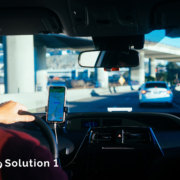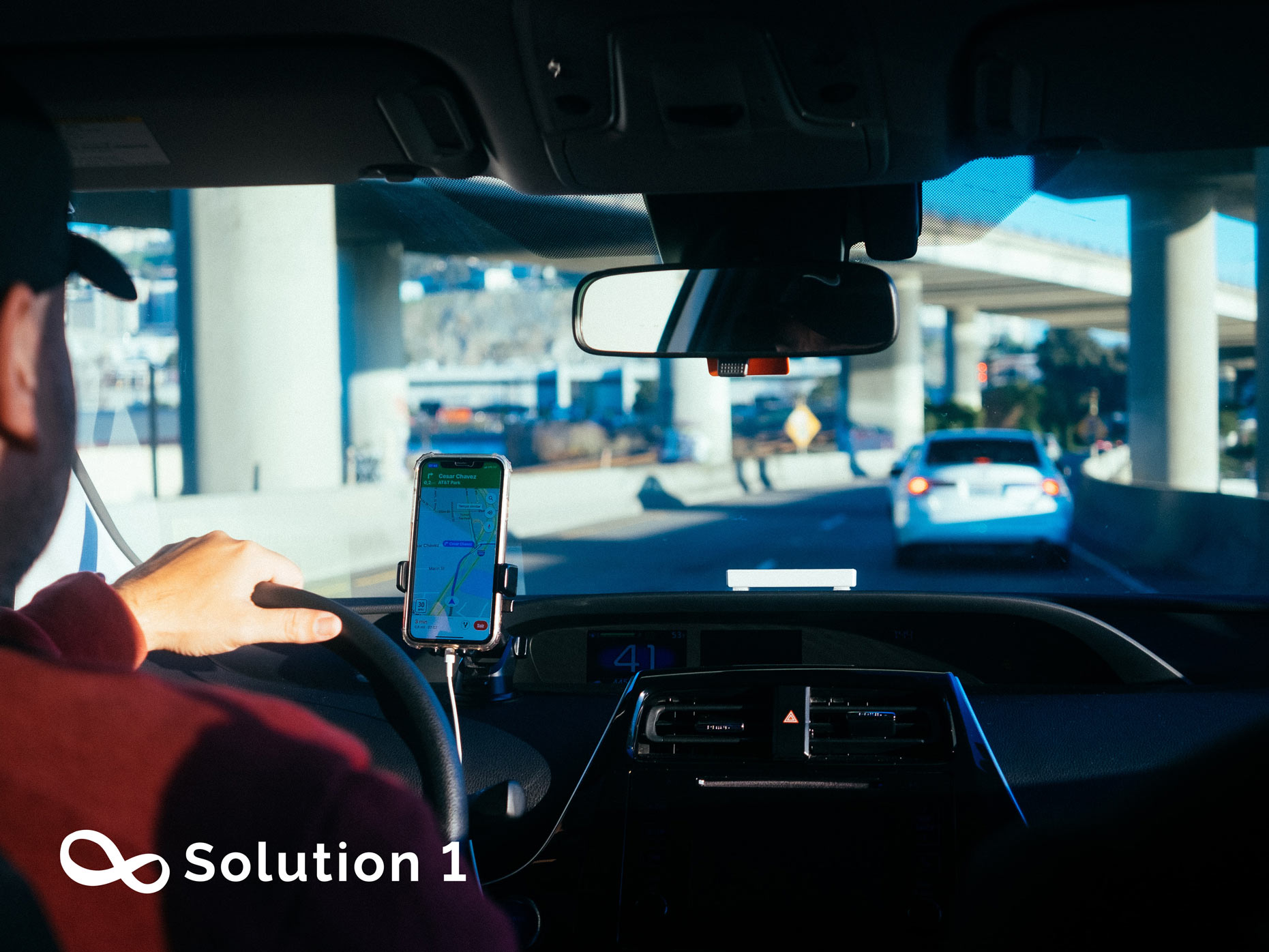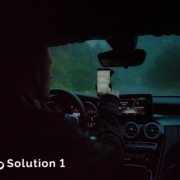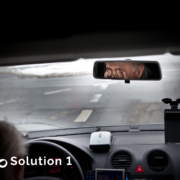Emotion is an important part of the human perceptual system, and the visual attention system is the basis of the driver’s information perception.
Among the many factors that are capable of explaining the root causes of traffic accidents, human factors are important causes of preventable road-traffic incidents. Rational control of driving behavior is an effective means to reduce human-caused traffic accidents.
The generation of drivers’ conscious behavior contains four stages: perception, cognition, decision-making, and action. Perception plays a decisive role in decision-making and is a key link in the generation of driving behavior. The sensory organs related to driver perception are mainly the visual organs, and more than 80% of the traffic information perceived by the driver originates from the visual channel.
The physiological structure of the visual system determines the limited breadth and depth of the driver’s visual perception of the traffic environment. Due to the limitation of attention resources, drivers often cannot process multiple cognitive activities at the same time. The real traffic environment is complex and changeable, and missing key environmental information may lead to traffic accidents directly.
Sight distance is a necessary basis to ensure driving safety. In mountainous areas, due to poor linear balance and vegetation influence, the incidence of sight-distance-limited sections is high. Insufficient sight distance can easily lead to insufficient depth of the driver’s field of vision, a sharp rise in driving tension, and then, it is easy to take abnormal driving behaviors such as sharp turning and sharp deceleration.
During the driving process, one of the main tasks of the driver is to allocate the limited physical and psychological resources reasonably from the spatial and temporal dimensions. Over the past decades, the rapid development of intelligent technology and the widespread implementation of advanced driving assistance systems have effectively enhanced and extended the driver’s ability to perceive information in driving activities.
Such as the blind-spot monitoring system is able to alert the driver of obstacles or oncoming traffic within the safety range behind. In more recent years, with the development of connected vehicle technology, it is foreseeable that drivers can obtain more comprehensive traffic environment information during driving in the future.
It should be noted that human perception is limited, and the environmental information delivered through the in-vehicle system is not always perceived and reasonably applied by drivers. Sometimes, too much environmental information provided can even disrupt the driver’s normal behavioral planning. Therefore, it is important to understand the boundaries of drivers’ information processing and to build a more intelligent and rational human–vehicle interaction system.
The physiological characteristics of drivers can show significant differences in different environments. Except for external factors, the changes in the physiological, and psychological characteristics of drivers due to individual factors also cannot be ignored.
In emotional activities, individuals not only accept the influence of stimuli on themselves but also regulate their own responses to stimuli. Drivers with different emotional states have significant differences in their feelings, preferences, and needs for external stimuli, which in turn lead to changes in their perception and cognitive abilities.
In recent years, with the increasing of vicious traffic accidents caused by negative emotions such as road rage and anxiety, a growing interest has been seen in exploring the effects of a driver’s emotions on a driver’s physiological, and psychological characteristics.











